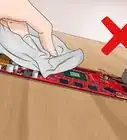This article was co-authored by wikiHow Staff. Our trained team of editors and researchers validate articles for accuracy and comprehensiveness. wikiHow's Content Management Team carefully monitors the work from our editorial staff to ensure that each article is backed by trusted research and meets our high quality standards.
This article has been viewed 24,765 times.
Learn more...
Mud bath therapy is a therapeutic skin treatment. A mud bath is performed by covering an individual's skin with a thin layer of rich, dark mud, or by the individual immersing themselves in a pool of liquid mud. The mud bath can smooth and exfoliate skin, in addition to relieving pain caused by arthritis and relaxing muscles and joints.[1] In order to try mud bath therapy, you’ll need to determine if you can travel to an area that offers mud baths, or find a location near you that offers mud bath therapy.
Steps
Selecting a Location and Type of Mud
-
1Research locations which provide mud baths. Locations that have therapeutic mud in large quantities are, not surprisingly, sparse. To research locations, first check online. Spas located near salty lakes or in areas with historical volcanic area are likely to feature mud baths. Consider the Ojo Caliente Mineral Springs Resort and Spa in New Mexico, or Dr. Wilkinson’s Hot Springs Resort in Calistoga, California.[2] If you live in the United States, you have access to three broad locations:
-
2Consider mud bathing internationally. If you live abroad or would like to travel internationally, there are many more mud-bath opportunities: the Dead Sea in Jordan; Lake Techirghiol, Romania; and Hell’s Gate Geothermal Park In New Zealand.[6]
- Depending on the type of mud you prefer, you may inclined to travel to Europe (where moor muds prevail) or to volcanic regions such as Santorini, Greece.
- Mineral-rich mud is often also packaged and sold commercially, at beauty and cosmetic shops. While at-home mud application to a specific body part is not the same as a full-body mud bath, it may be much cheaper and easier to access.
Advertisement -
3Look into the benefits of different types of mud. Due to varying compositions of water type, soil types, and decayed organic matter, the mud in different geographic areas allegedly possesses different therapeutic properties. While all mud baths will relax muscles and joints and exfoliate skin, specific mud types may offer additional benefits.[7]
- Salt-heavy mud, such as from the Dead Sea or Great Salt Lake, has been shown to help skin disorders. Mud from the Dead Sea is often exported internationally, and can be purchased online.
- Lake mud, also known as “moor mud,” comes from ancient lakes in peaty areas of Europe. This mud can replenish nutrients in the body and improve skin condition.
- Hot springs mud is rich in minerals, and so can replenish minerals naturally found in the skin.
-
4Choose your type of treatment. Before you start planning your travel, decide if you want a professional mud-bath treatment at a spa or a resort, or if you want to apply the mud yourself at a lake- or sea-side location. If you want the mud bath to have therapeutic outcomes (reducing muscle and joint pain, drawing toxins from the skin), you’ll be better off undergoing a professional treatment.
- However, if you’re more interested in the experience of taking a mud bath at a lake, or want to use the mud from a specific location—for example, the Dead Sea—you’ll need to skip the spa and perform the mud bath yourself.
Beginning Mud Bath Therapy
-
1Ask the spa staff about the qualities of the mud. The spa or resort staff will be able to provide useful information about the composition of the mud which you’ll be bathing in. Ask them which specific minerals the mud contains, and the skin and body benefits provided by each. Common minerals include sulfur, zinc, bromide, and magnesium. The mud may also include peat, volcanic ash, or specific salts, depending on the region.[8]
- Of course, if you are planning to mud bathe on a beach by a lake or sea, there will not be staff on hand. However, you can always ask locals (or check online) too see what alleged healing properties the mud has—but keep in mind that these answers will lack medical authenticity.
-
2Find a suitable lake- or seaside location. If you’re performing your own mud bath and not receiving a professional treatment at a spa or resort, you’ll need to find a location with plenty of loose mud to rub on your body. If you’re planning to leave the mud on and would like to lay down while you do so, scout a location with some nearby grass or exposed rock to recline on.
- Watch locals and other tourists; observe where and how they apply the mud. Find a similar location although, depending on the size of the beach and availability of mud, your options may be limited.
-
3Remove your clothing. Depending on the location, you may be asked to remove all of your clothing and enter the mud naked, or simply to enter the mud in your swimsuit. Since the mud will remove toxins that have built up in your body by drawing them out through your skin, it’s important to have as much skin exposed to the mud as possible.[9]
- If you’re not immersing yourself fully in the mud, but only “bathing” one body part (such as your feet), you’ll only need to remove the clothing on that body part.
-
4Make sure the mud has been cleaned. Resorts and spas which offer mud bath therapy will run boiling water through the mud between users, in order to kill bacteria and flush out skin and other foreign particles from the mud. Confirm with staff or management that the mud will be cleaned before you immerse yourself.[10]
- Rather than flushing out the mud, some spas may choose to swap out the mud entirely and bring in a new batch of mud for each bather.
- If you’re bathing in mud by a lake or sea, you can skip this step. There should be enough mud that you can find your own patch to lay in or smear on your body.
Entering or Applying the Mud
-
1Immerse your body in the mud. If you’re at a spa, you’ll be given guidance concerning how to enter the mud bath, and staff members may even be on hand to help you climb in. Take advantage of the attendants’ knowledge; confirm that you’re following all procedures correctly. As you submerge yourself, the mud should cover your entire body, and come up to about your chin.[11]
- The mud will likely be kept between 100 and 104°F, about the temperature of a hot tub.
-
2Rub the mud on your body. If you are by a sea or lake and the mud is not deep enough to immerse yourself in, pick up generous handfuls of mud and smear it across your exposed skin. Observe how other people rub mud on themselves, and follow suit. As this mud will certainly not be sanitary, avoid putting it too near your mouth or eyes.
- Laying out in the sun after mud application will allow the mud to dry on your skin and allow for easier removal.
-
3Remain in the mud for about 30 minutes. Half an hour will give the mud time to exfoliate and moisturize your skin, and to sooth aching joints and muscles. Staying in for more time may raise your body temperature to an uncomfortable or unhealthy degree.[12] If you are not immersed, but have chosen to coat your body with mud instead, you should still limit your time to about 30 minutes.
- If you’re receiving a mud-bath treatment at a spa or official facility, there should be staff members to monitor you and advise you when to exit the mud. If you’re by a lake or in a remote location, you’ll need to keep track of the time yourself.
-
4Rinse the mud from your body. After your mud bath, clean yourself off with water. A spa or facility should have nearby showers; use these to rinse yourself clean. If you’re by a lake or sea, take a brief swim to clean the mud from your skin.[13]
- Don’t stress if you don’t have access to soap; a thorough rinse should remove all mud from your body . Do resume a normal shower schedule following the mud bath, though.
-
5Do not seek mud bath treatment if you have high blood pressure. There are a number of medical conditions—including high blood pressure—that the constant heat of an immersive mud bath may exacerbate. If you have a skin infection or broken skin (including rashes such as eczema or psoriasis), the mud bath could worsen this condition.[14]
- Mud baths are also not recommended for pregnant women.
References
- ↑ http://www.piedmont.org/living-better/are-mud-baths-good-for-your-skin-1
- ↑ https://experiencelife.com/article/wallowing-in-relaxation-therapeutic-mud-treatments/
- ↑ https://www.amexessentials.com/worlds-13-best-mud-baths/
- ↑ https://experiencelife.com/article/wallowing-in-relaxation-therapeutic-mud-treatments/
- ↑ http://www.medindia.net/alternativemedicine/mudbaths/mud_bath.htm
- ↑ https://www.amexessentials.com/worlds-13-best-mud-baths/
- ↑ https://knoji.com/types-of-spa-mud-baths
- ↑ http://www.piedmont.org/living-better/are-mud-baths-good-for-your-skin-1
- ↑ http://www.medindia.net/alternativemedicine/mudbaths/mud_bath.htm
- ↑ https://experiencelife.com/article/wallowing-in-relaxation-therapeutic-mud-treatments/
- ↑ https://experiencelife.com/article/wallowing-in-relaxation-therapeutic-mud-treatments/
- ↑ http://www.medindia.net/alternativemedicine/mudbaths/mud_bath.htm
- ↑ https://experiencelife.com/article/wallowing-in-relaxation-therapeutic-mud-treatments
- ↑ http://www.piedmont.org/living-better/are-mud-baths-good-for-your-skin-1
- ↑ http://www.piedmont.org/living-better/are-mud-baths-good-for-your-skin-1



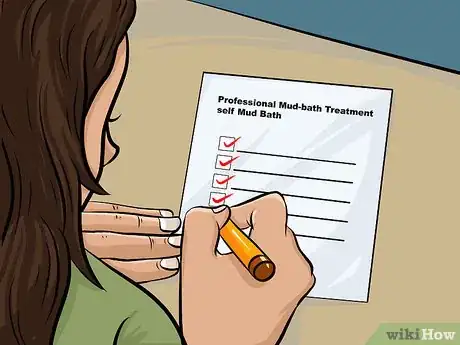

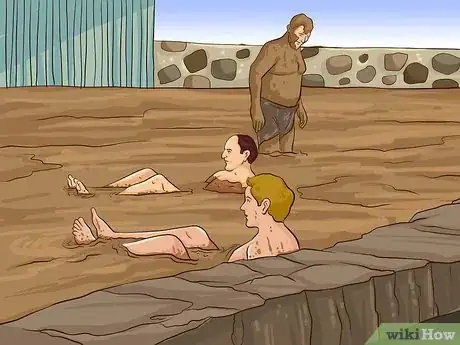

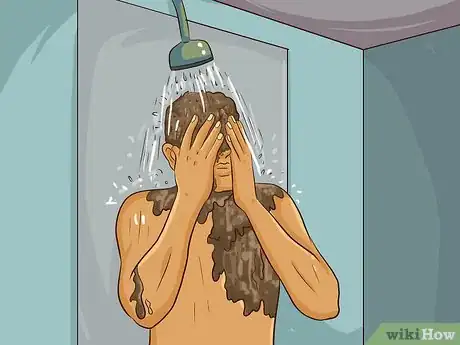
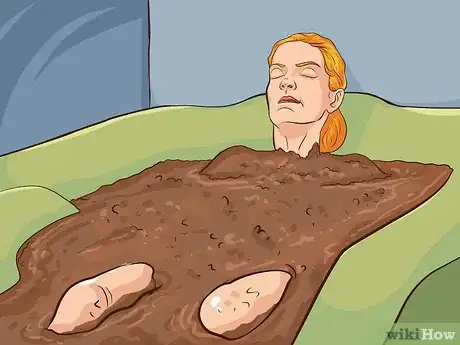
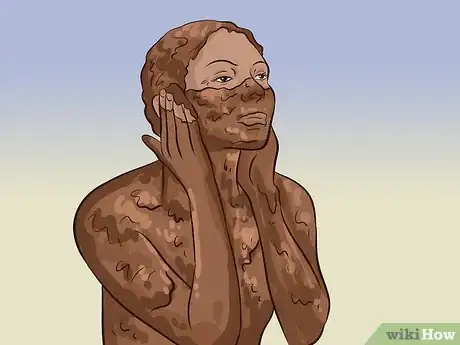
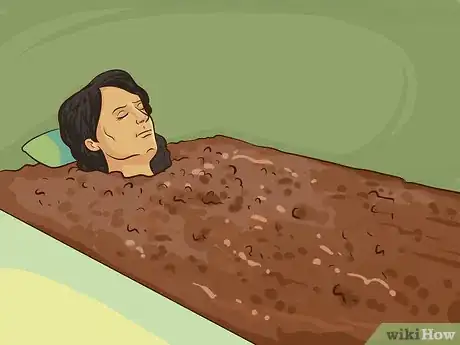
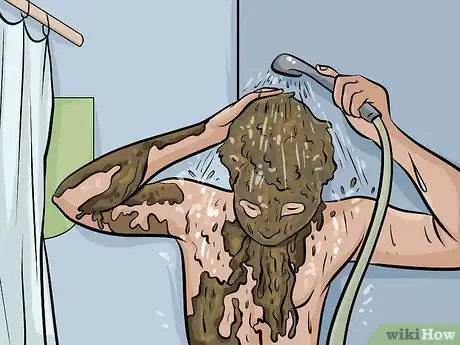
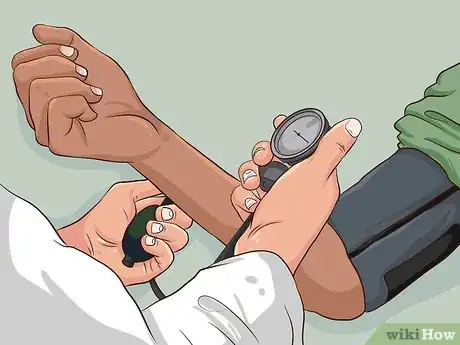

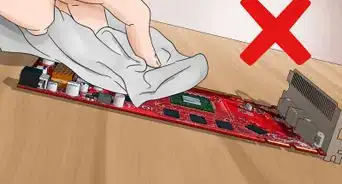


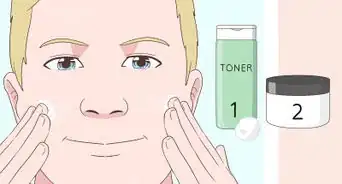

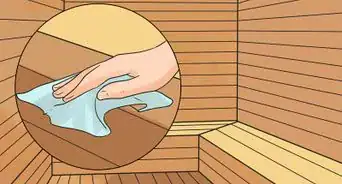
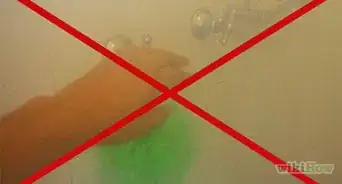



-Step-27-Version-2.webp)










